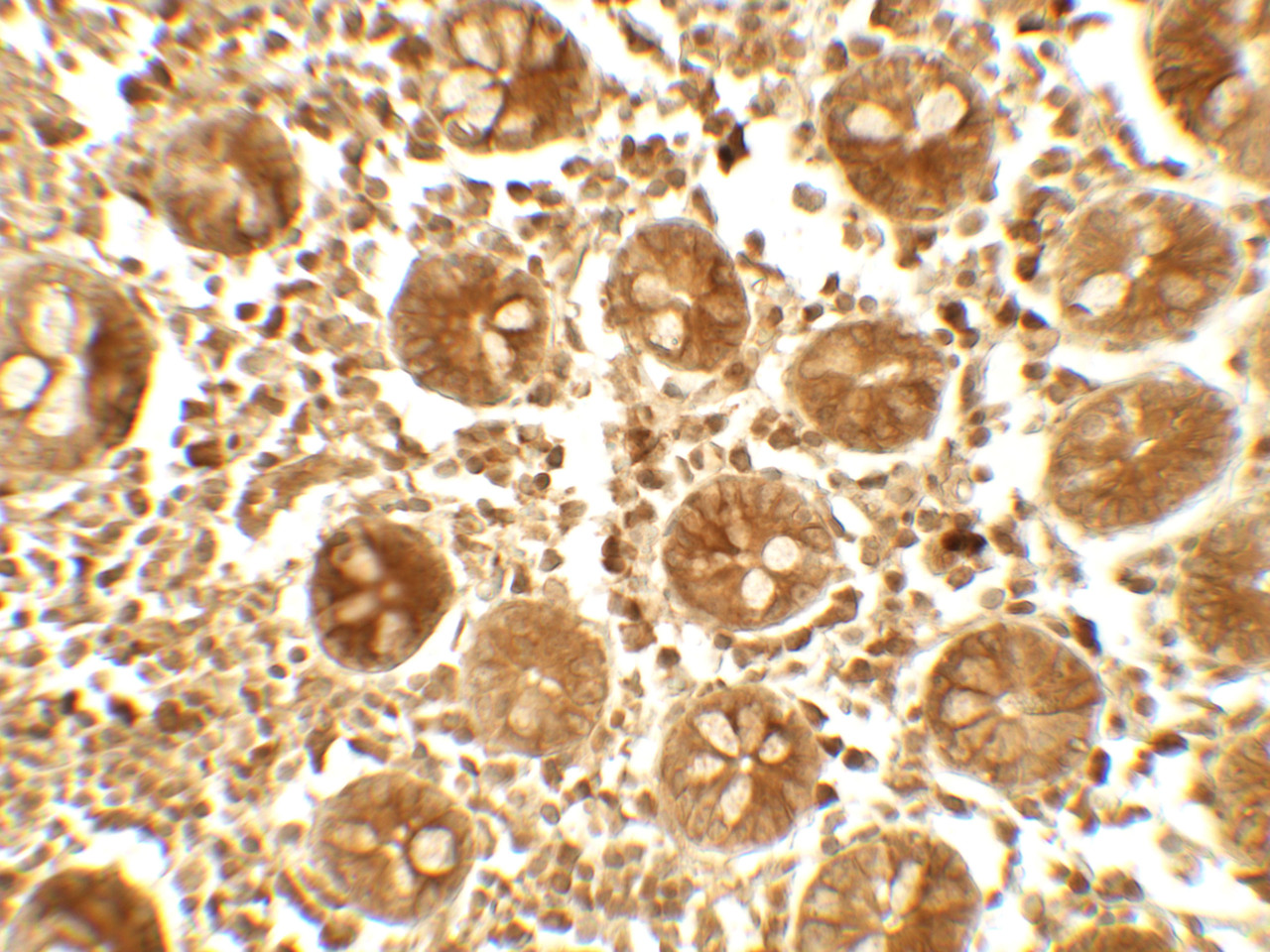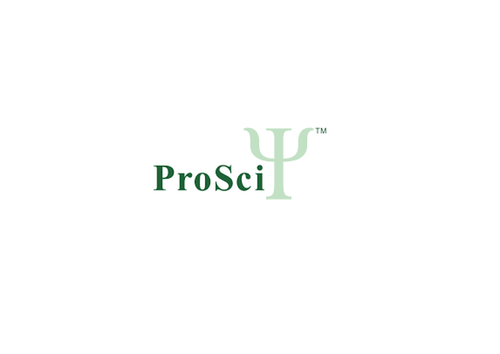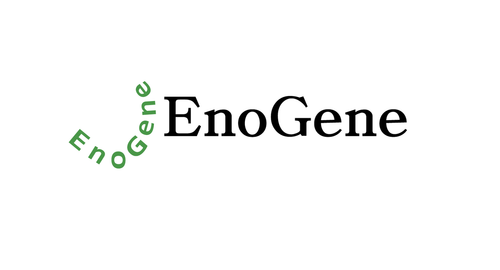Product Description
APOBEC3B Antibody | 7725 | ProSci
Host: Rabbit
Reactivity: Human
Homology: N/A
Immunogen: APOBEC3B antibody was raised against a 14 amino acid peptide near the amino terminus of human APOBEC3B.
The immunogen is located within amino acids 20 - 70 of APOBEC3B.
Research Area: Innate Immunity
Tested Application: E, WB, IHC-P, IF
Application: APOBEC3B antibody can be used for detection of APOBEC3B by Western blot at 1 - 2 μg/ml. Antibody can also be used for Immunohistochemistry at 5 μg/mL. For Immunoflorescence start at 20 μg/mL.
Antibody validated: Western Blot in human samples; Immunohistochemistry in human samples and Immunofluorescence in human samples. All other applications and species not yet tested.
Specificiy: APOBEC3B antibody is human, mouse and rat reactive . At least three isoforms of APOBEC3B are known to exist; this antibody will detect all three. APOBEC3B antibody may cross-react with APOBEC3D.
Positive Control 1: Cat. No. 1211 - HepG2 Cell Lysate
Positive Control 2: Cat. No. 11-801 - Human Small Intestine Tissue Slide
Positive Control 3: N/A
Positive Control 4: N/A
Positive Control 5: N/A
Positive Control 6: N/A
Molecular Weight: Predicted: 42 kDa
Observed: 48 kDa
Validation: N/A
Isoform: N/A
Purification: APOBEC3B antibody is affinity chromatography purified via peptide column.
Clonality: Polyclonal
Clone: N/A
Isotype: IgG
Conjugate: Unconjugated
Physical State: Liquid
Buffer: APOBEC3B Antibody is supplied in PBS containing 0.02% sodium azide.
Concentration: 1 mg/mL
Storage Condition: APOBEC3B antibody can be stored at 4˚C for three months and -20˚C, stable for up to one year.
Alternate Name: APOBEC3B Antibody: A3B, ARP4, ARCD3, PHRBNL, APOBEC1L, bK150C2.2, DJ742C19.2Phorbolin-1-related protein, A3B
User Note: Optimal dilutions for each application to be determined by the researcher.
BACKGROUND: The Apolipoprotein B mRNA-editing, enzyme-catalytic, polypeptide-like (APOBEC) 3 is a multi-isoform member of the cytosine deaminase family of enzymes that act on monomeric nucleoside and nucleotide substrates (1) . Similar to TRIM5? which targets incoming retroviral capsids, APOBEC3 plays a major role in cellular defense against retroviral infection (2, 3) . APOBEC3B has also been shown to be upregulated in several cancers; it is thought that APOBEC3B-catalyzed genomic uracil lesions are responsible for a large proportion of mutations in multiple distinct cancers (4) .
 Euro
Euro
 USD
USD
 British Pound
British Pound
 NULL
NULL












